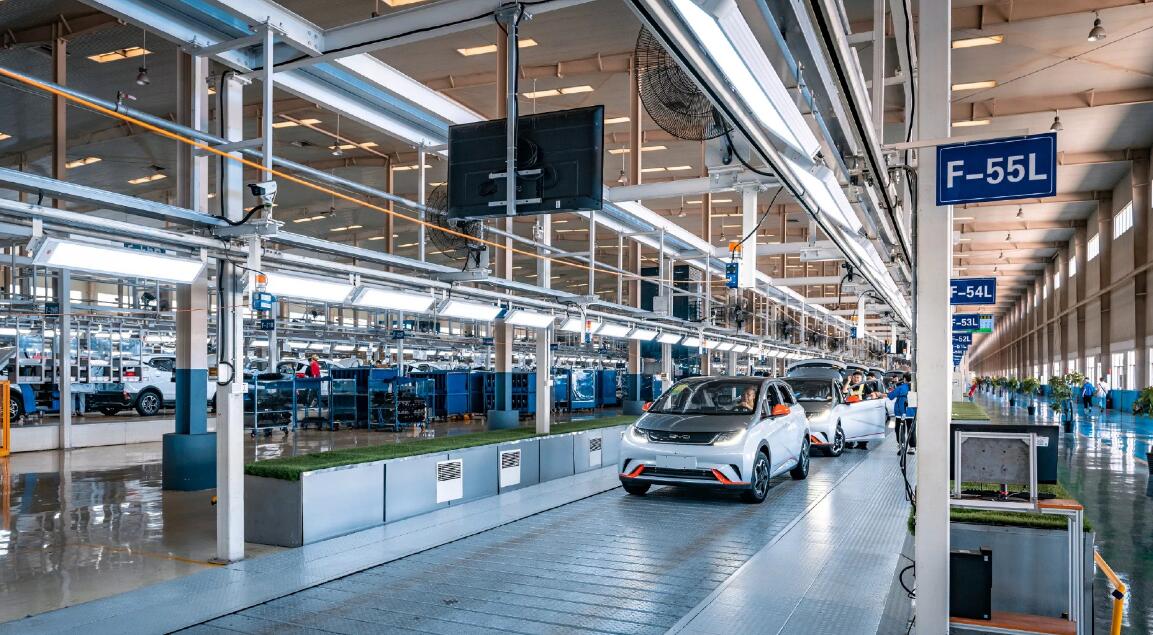To date, Shenzhen has 740,000 NEVs. The city plans to have that number reach 1.3 million by 2025.
(Image credit: Shenzhen government Weibo)
China's top-tier mega-cities are clearly at the forefront of new energy vehicle (NEV) adoption.
As of December 11, Shenzhen had added 220,000 NEVs this year, with a penetration rate, or their share of all new vehicle sales, of 57 percent, according to a report in the Securities Times today.
Shenzhen Mayor Qin Weizhong mentioned the figure at a December 12 forum on low-carbon cities, saying that the city's 740,000 NEVs to date rank it among the top cities in the world, the report said.
The city plans to have 1.3 million NEVs by 2025, Qin said.
BYD, headquartered in that Shenzhen, has made an important contribution to the city's achievement in the field of NEVs, the Securities Times report noted.
"This decade, BYD and Shenzhen have worked together to come out of a path of change in NEVs," the report quoted BYD chairman and president Wang Chuanfu as saying at the forum.
The electrification of public transportation first started in Shenzhen, from the trial operation of a few units at the beginning, to dozens and hundreds of units on the road, and gradually moving toward the road of commercial development, Wang said.
BYD and Shenzhen promoted the electrification of public transportation from a strategy in Shenzhen to a national strategy, which later became a global consensus, he said.
Shenzhen became the first city in the world to have a full e-transportation of buses in 2017, the city with the world's largest fleet of purely electric cabs in 2018, and complete the full electrification of ride-hailing vehicles and sanitation vehicles in 2020, according to the Securities Times.
In addition to Shenzhen, Shanghai is one of the most supportive cities for the NEV industry.
In October, 30,751 passenger NEVs were registered with license plates in Shanghai, accounting for 49.4 percent of all 62,238 total motor vehicles, according to data released by the China Passenger Car Association (CPCA) at the end of last month.
Beijing currently has the strictest controls on the number of new vehicles of any kind, including NEVs, but the penetration of NEVs has also exceeded 30 percent.
In October, Beijing saw 16,600 NEV sales, accounting for 35.7 percent of new vehicle sales, according to data released by the CPCA last week.
Pure electric vehicles sold 11,500 units in Beijing in October, accounting for 69.6 percent of NEV sales.
Looking at China as a whole, the country sold 786,000 NEVs in November, accounting for 33.8 percent of all vehicle sales of 2.238 million units, a new all-time record, according to data released last week by the China Association of Automobile Manufacturers (CAAM).

